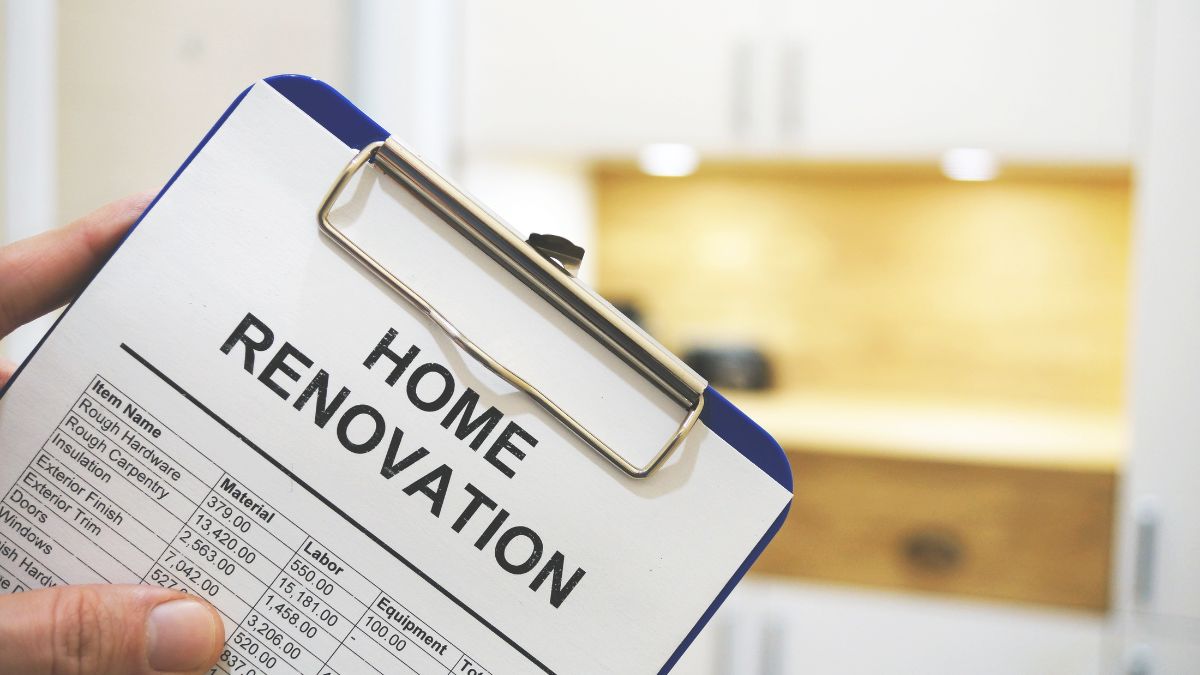A Quick Guide to a Successful DIY Home Renovation

Home renovations are an exciting but daunting task for even the most hands-on homeowner. DIY projects in particular are becoming more popular as people look to save money and add a personal touch to their homes. However, there are many things to consider when embarking on a home renovation, which is why it is important to have a plan going in. So, before you break out the hammer and spanners, read on to make sure you set your project up for success.
Planning and Budgeting
Planning and budgeting are crucial steps in any DIY home renovation project. When planning, consider the purpose of the renovation, the design, and the materials you want to use. Think about the timeline and the specific steps involved in the project and take into account any permits or approvals needed so you can allocate funds accordingly. A good rule of thumb is to set aside an extra 10-20% of your budget for unexpected expenses. It’s also helpful to keep track of all your costs and expenses throughout the project to make sure you are toeing the line and avoid overspending.
Floor Protection
Before building anything new, make sure the parts of your home you’re not changing are protected during the course of the project. If you are planning on painting or building walls, make sure your floors aren’t put at risk. Floor protection products like drop cloths, cardboard, plastic sheeting, and foam padding are perfect for this job. The type of protection you choose will depend on the type of flooring you have, the type of work you’re doing, and the level of protection you need. Drop cloths and plastic sheeting are ideal for protecting hardwood, tile, or vinyl flooring, while foam padding is best for carpets. When using a drop cloth, make sure to tape it down to prevent tripping hazards. If you’re working with heavy equipment or tools, consider using a thicker protective layer such as plywood, and be sure to remove any protective coverings once the renovation is complete.
Safety Precautions
Safety should always be a top priority when undertaking a home renovation. Make sure to turn off the power and water before starting any electrical or plumbing work. If you’re not comfortable with a particular task, it’s best to hire a professional, especially when it comes to electrical work. When using power tools or heavy equipment, make sure to wear appropriate protective gear, such as gloves, eye and ear protection, and a dust mask. If you’re working on a roof or at heights, be sure to use a secure ladder and have someone else present to hold the ladder or spot you. It’s also important to be aware of any hazards in the area, such as sharp objects, tripping hazards, or hazardous materials. Take steps to eliminate or minimise these hazards before starting work, and make sure to keep the area clean and organised throughout the renovation.
Demolition
Demolition can be a messy and challenging part of a home renovation. Before starting, make sure you have the right protective gear on hand and take the necessary precautions to contain dust and debris. Consider renting a dumpster to dispose of the waste, and be sure to follow any regulations for waste disposal in your area. If you’re removing walls or other structural elements, it’s important to make sure that you’re not compromising the integrity of the building, so consider consulting with a structural engineer or contractor before undertaking any significant demolition work.
Clean-up and Maintenance
Once the renovation is complete, it’s important to clean up the space thoroughly and dispose of any waste properly. Sweep or vacuum the area to remove any debris and dispose of it in the appropriate container. Wipe down any surfaces and check for any damage that may have occurred during the renovation. Regular maintenance can help prevent future damage or wear and tear. For example, if you’ve installed new flooring, consider using felt pads on the bottom of your furniture to prevent scratches.
A DIY home renovation can be a fulfilling and rewarding project, but it’s important that homeowners take the time to plan the project carefully, prioritise safety, and take steps to protect any existing features during the process. However, with the right tools, equipment, and knowledge, you too can transform your home into the space of your dreams.
